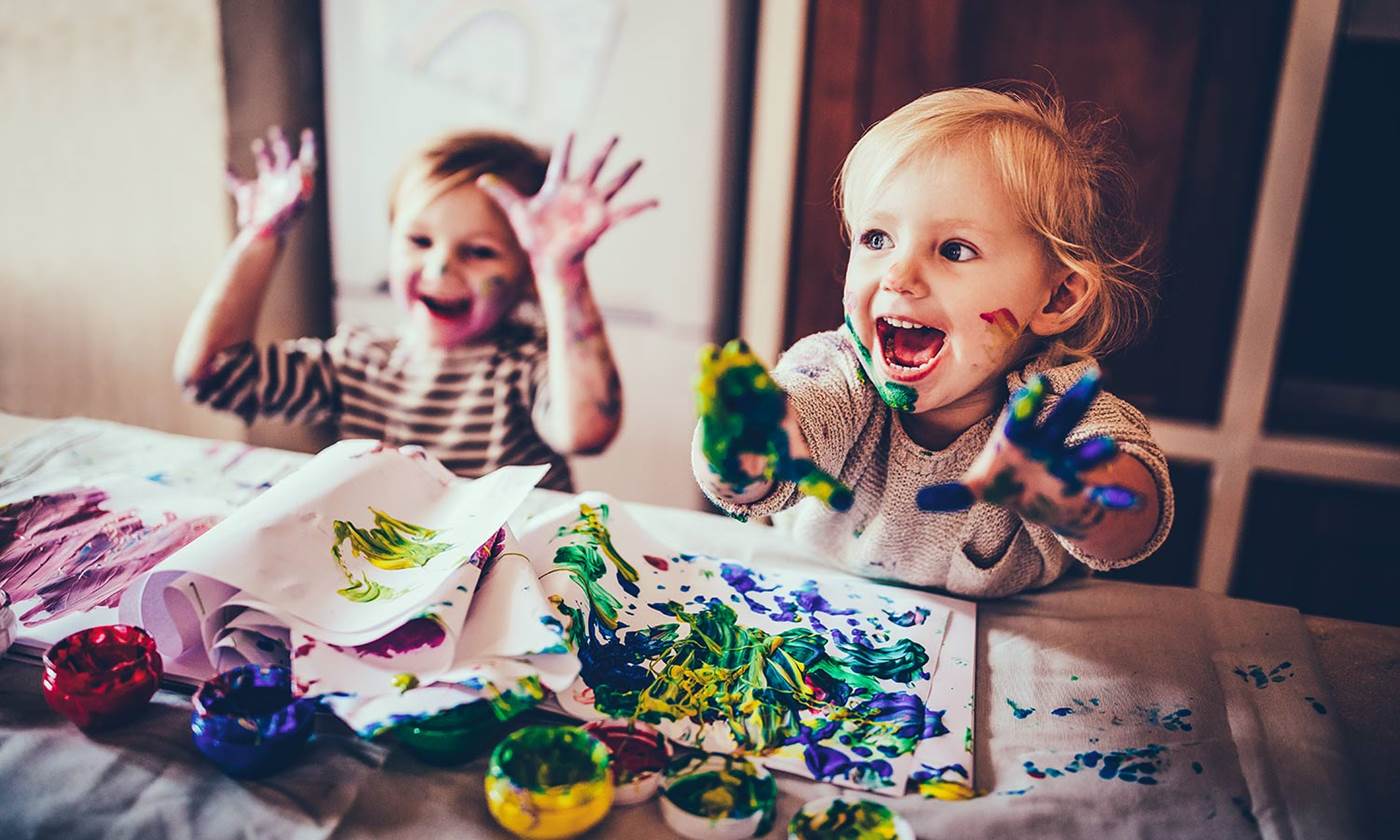
Imagination is a remarkable gift that children possess naturally
It fuels their creativity, shapes their understanding of the world, and lays the foundation for lifelong learning. As parents, educators, and caregivers, it is crucial to recognize and nurture this incredible power of imagination in children. In this article, we will explore the significance of imagination in child development, discuss strategies for fostering creativity, and highlight the long-term benefits it brings
1. Imagination: The Gateway to Exploration:
Imagination opens doors to endless possibilities and fuels a child’s desire to explore. Through imaginative play, children create vivid worlds, invent characters, and engage in make-believe scenarios. We’ll delve into the importance of unstructured playtime, provide suggestions for creating imaginative play environments, and discuss how it fosters cognitive, emotional, and social development.
2. Encouraging Creative Expression:
Creative expression allows children to communicate their thoughts, emotions, and ideas in unique and meaningful ways. We’ll explore various forms of creative outlets, such as drawing, storytelling, and role-playing, and discuss how they encourage self-expression and build confidence. Additionally, we’ll provide tips for creating a supportive environment that celebrates children’s creativity and embraces their imaginative endeavors.
3. Cultivating Curiosity and Problem-Solving Skills:
Imagination nurtures curiosity, sparking a child’s desire to question, investigate, and solve problems. We’ll discuss the importance of encouraging curiosity through open-ended questions, hands-on experiments, and exposure to diverse experiences. By fostering a sense of wonder and providing opportunities for creative problem-solving, we empower children to think critically and develop essential skills for future success.
4. Integrating Imagination into Education:
Imagination and creativity should not be confined to playtime alone; they have a rightful place in education as well. We’ll explore strategies for integrating imaginative activities and projects into the classroom, fostering a love for learning and promoting holistic development. From storytelling and art projects to incorporating imaginative play in lessons, we’ll discuss practical approaches that educators can implement to nurture creativity in children.
Conclusion:
Nurturing the power of imagination in children is a transformative journey that unlocks their potential and lays the groundwork for a fulfilling and successful future. By fostering imaginative play, encouraging creative expression, cultivating curiosity, and integrating imagination into education, we empower children to think outside the box, embrace innovation, and approach challenges with a sense of wonder. Let us embrace the role of caregivers and educators in nourishing the creative spirits of children, for in doing so, we cultivate a generation of imaginative thinkers who will shape a brighter tomorrow.

